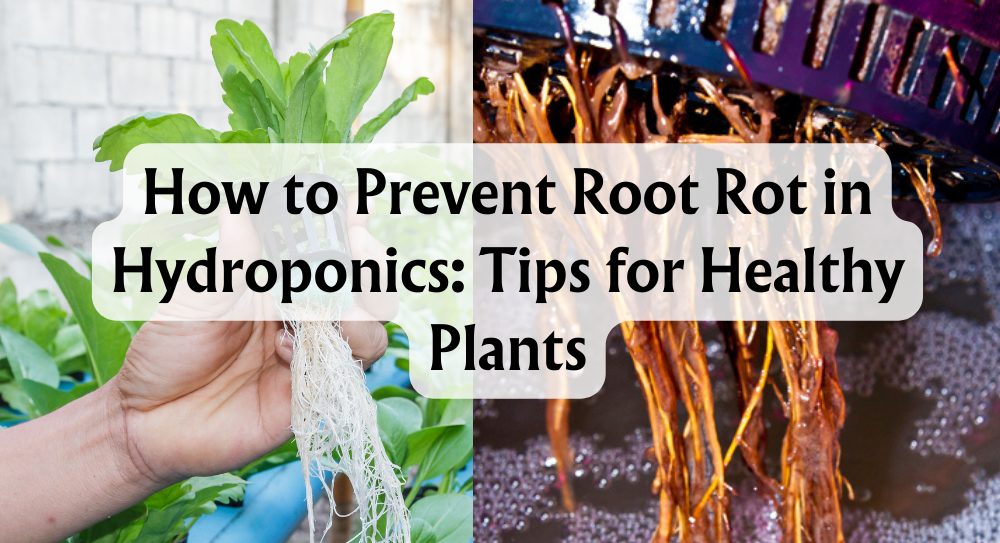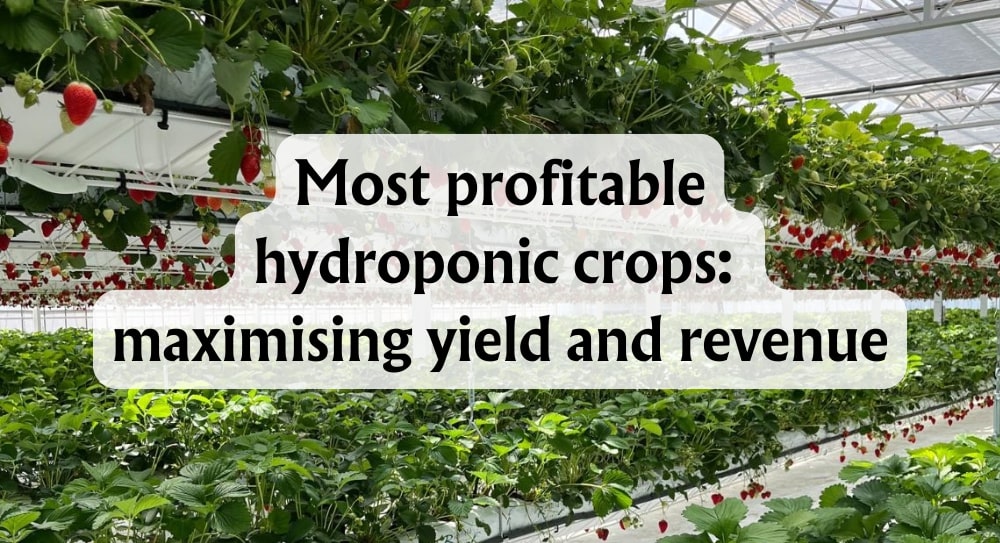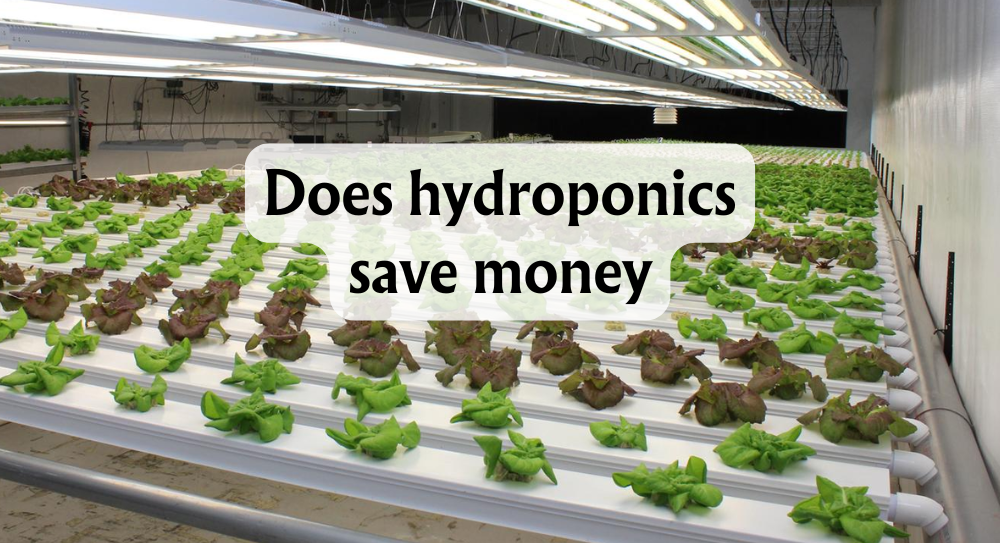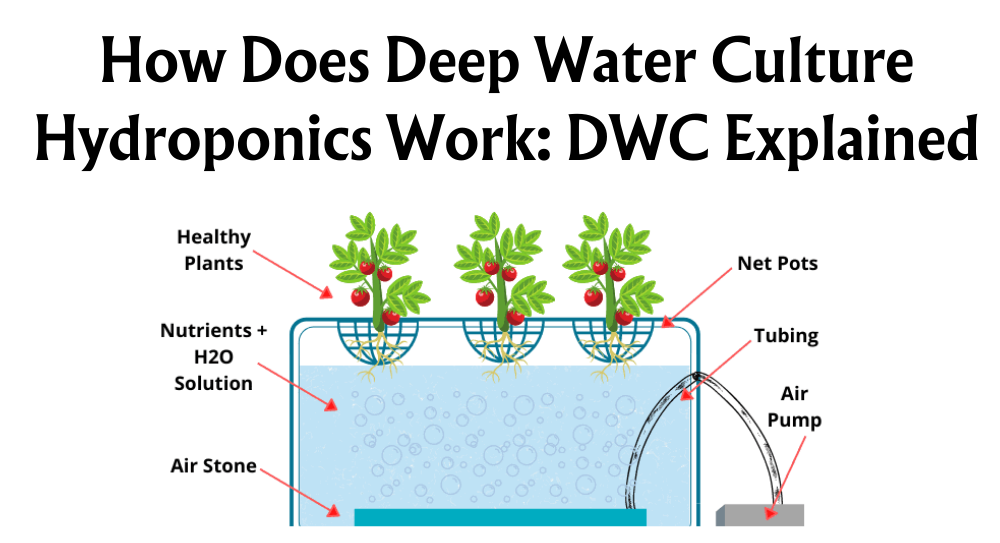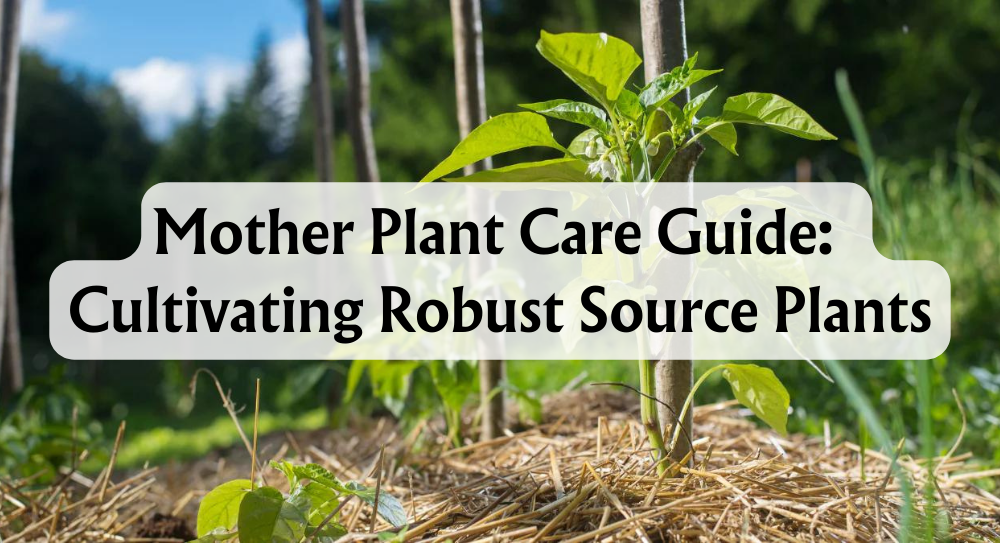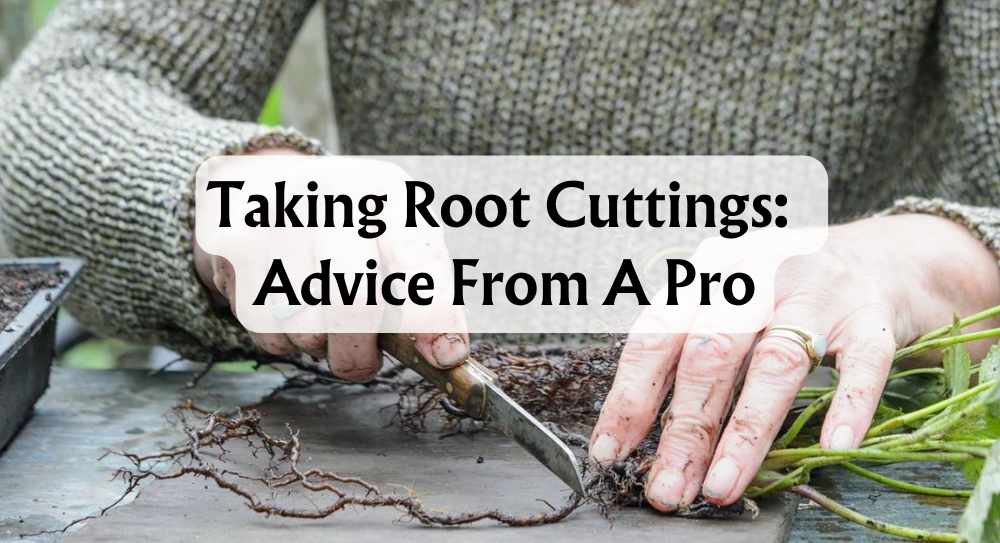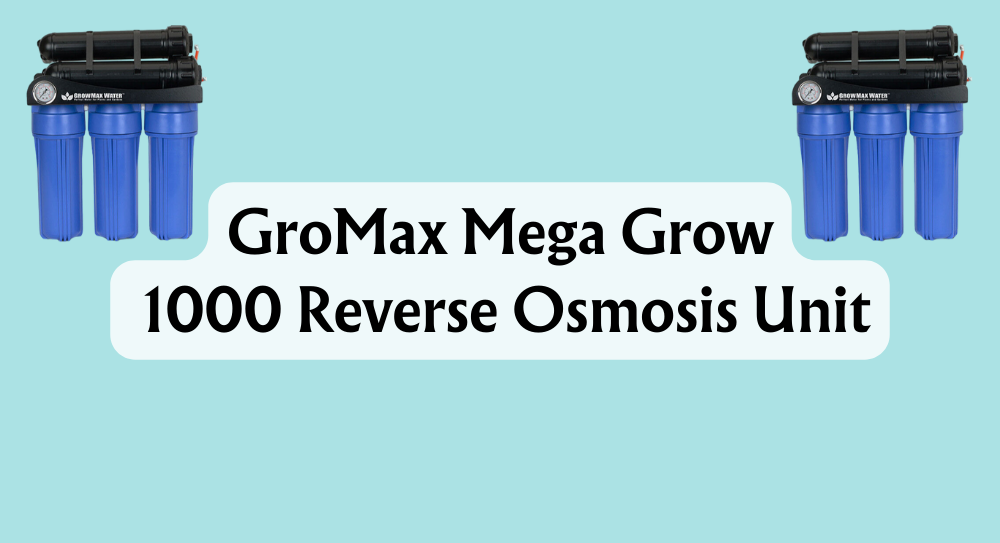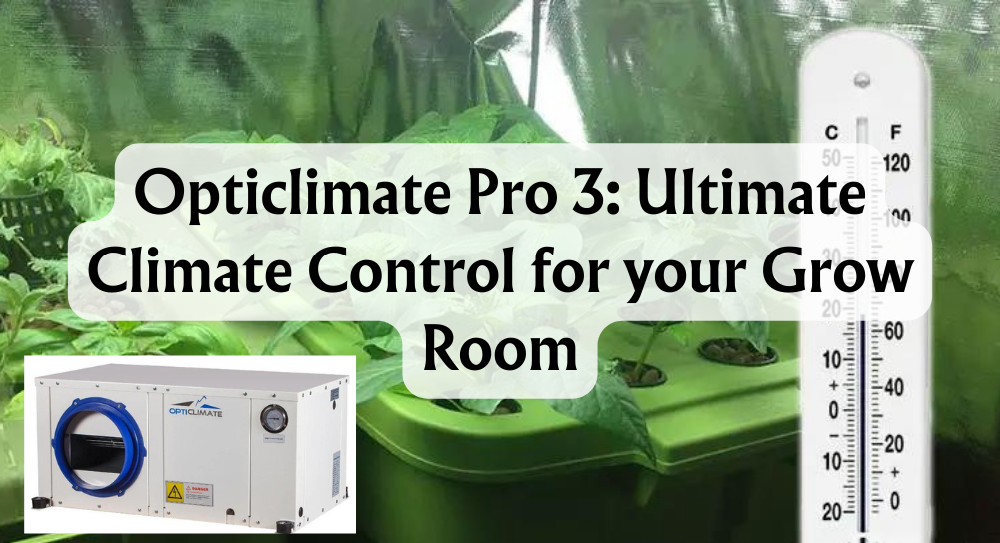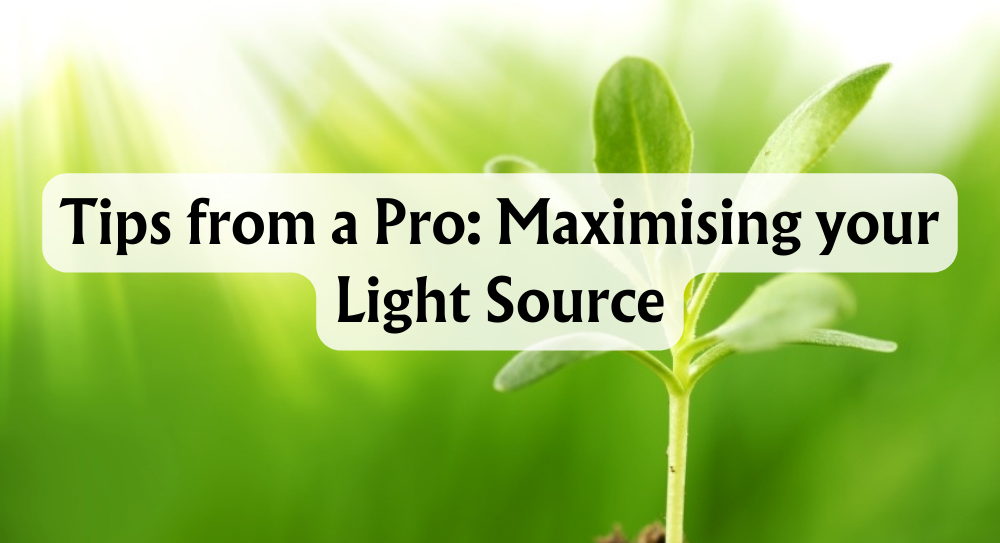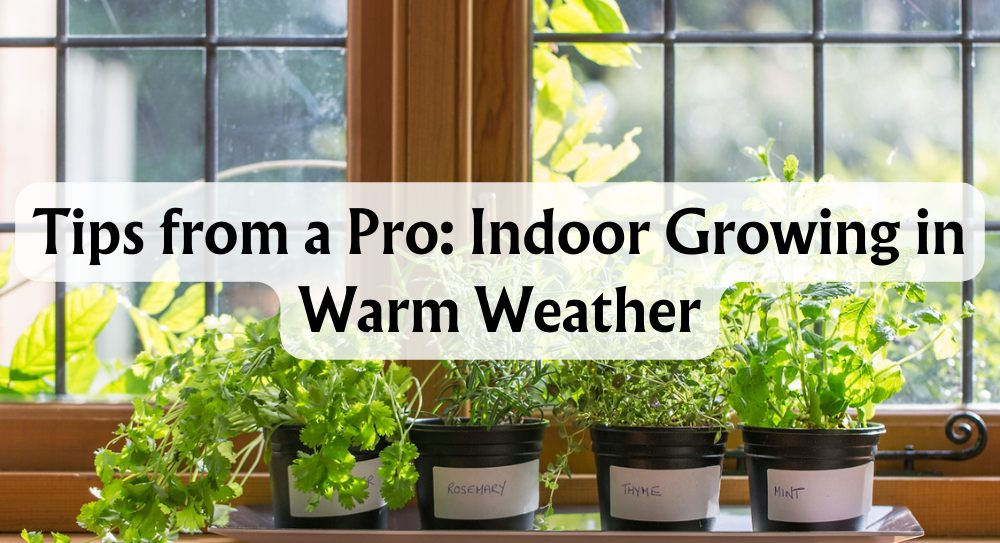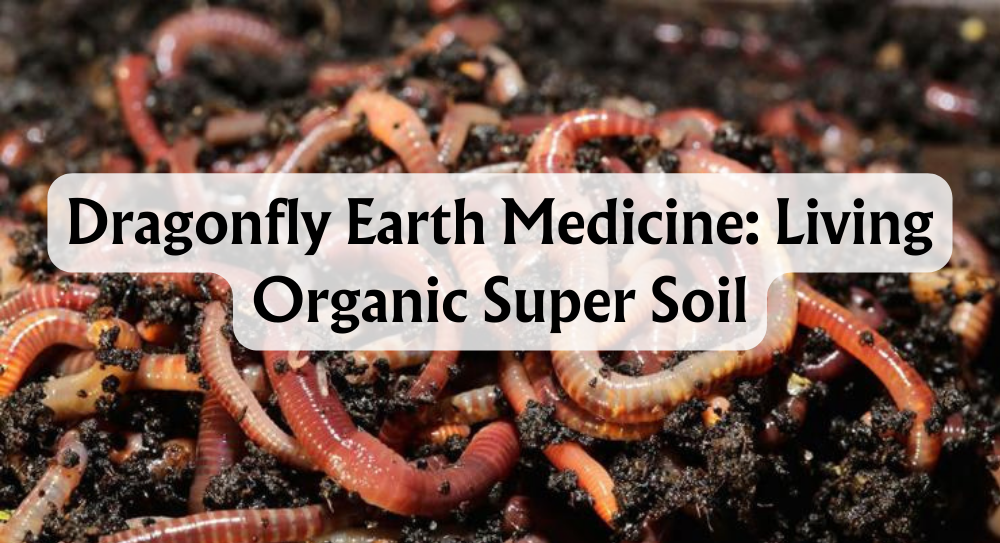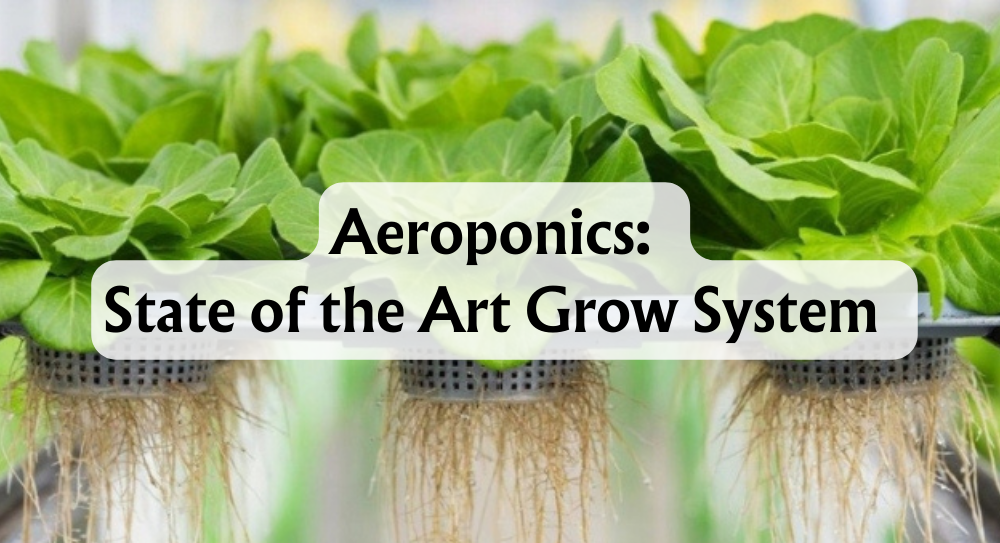Root rot causes roots to turn brown, slimy, and foul-smelling, leading to stunted growth, yellowing leaves, and eventual wilting. It can also spread to other plants in your hydroponic system. We will provide crucial details on preventing and treating root rot.
What does root rot look like in Hydroponics?
Identifying root rot starts with the leaves. You will be able to notice leaves that are withering or drooping. You may also see brown edges and yellow spots on leaves. If you witness any of these symptoms on leaves, it's worth checking the roots immediately.
When root rot sets in, it will initially cover the roots with a slimy coating. This is dangerous as it will block their access to oxygen. Once suffocated, the roots can die. During this process, spores develop from the fungus and attach to the decayed roots ready to infect another plant.
There are other root rot symptoms to watch out for:
- Roots turning a darker, black colour
- Roots with a peculiar mushroom smell
- Seedling collapse
- Root mass shrinkage
- Uneven growth across plants in your crop
- Roots discoloured in yellow or brown hue
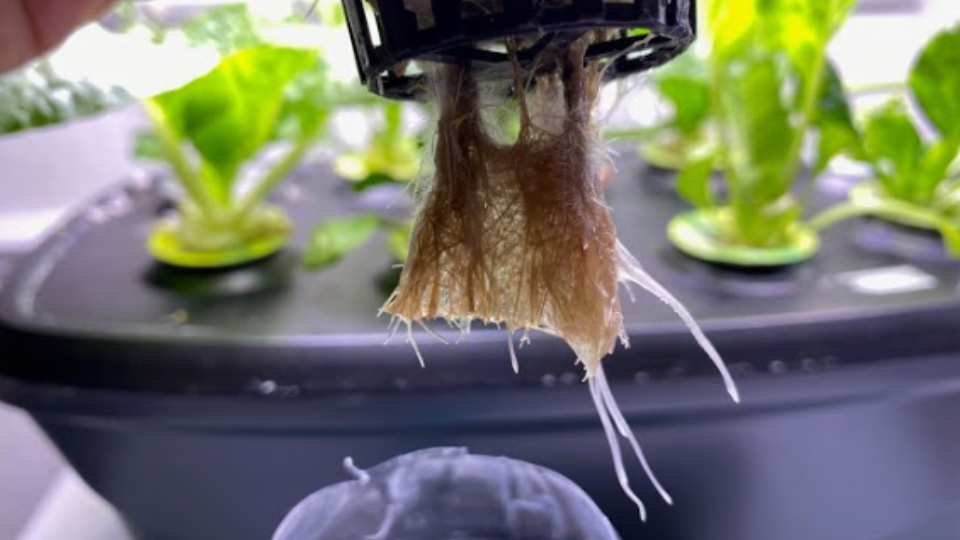
Where does root rot come from in Hydroponics?
Soil, coco coir, and hydroponics each have different properties that can affect the likelihood of root rot. Hydroponics is known to be the most susceptible.
There are four primary reasons that cause root rot:
- Fungus gnats, shore flies, woolly aphids and other pests can carry pathogens damaging to root systems. Pythium is the number one pathogen among different water moulds.
- High water temperatures significantly reduce the oxygen content. This can drastically affect the roots exposure to air.
- Transplants can risk carrying pathogens. Transplants are often not checked before being brought into the garden and may be carrying pests and diseases.
- Contaminated equipment, media, tools and even nutrients can host dormant spores.
What should roots look like in hydroponics?
A well-developed root system will be dense and abundant. Healthy roots typically appear white or light cream in colour. They should feel firm and have a crisp texture.
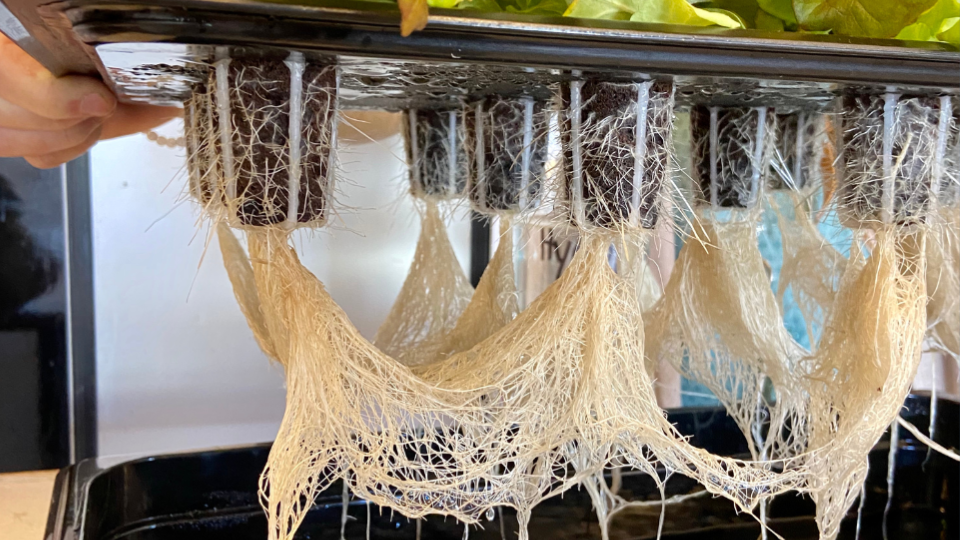
How to prevent root rot in hydroponics?
Maintain Proper Temperature Levels
Keeping your water at or below 23 degrees Celsius can not only stop root rot, it's the most powerful way to prevent it in the first place. Warmer temperatures breed bacteria, pathogens and reduce oxygen availability.
Healthy Transplants
Check for disease and pests before bringing transplants into your garden, they are easy carriers. Be sure to use pest control methods and thoroughly clean transplants before adding them.
Adding Oxygen, Good Aeration
Root health is reliant on dissolved oxygen. Dissolved oxygen can be added to the reservoir with an aerator. Ideally make sure the water is chilled with the aerator as it can hold more oxygen. Providing good aeration is arguably the most important step in preventing root rot.
Clean, Sterile Environment
Be sure to keep dead plant matter out of your plant pots. Tools should be sterilized and cleaned every time they are used.
Maintain Root Pruning
Keeping the root mass well pruned is as helpful as pruning the rest of the plant. An overgrown root mass can hinder roots from getting appropriately aerated. A well-trimmed root mass will aid the roots in growing sideways helping the whole root system obtain oxygen.
Apply Beneficial Bacteria
Adding beneficial bacteria to the feeding regimen can heighten oxygen intake. Among its many effects, beneficial bacteria can develop fuller and healthier roots capable of up taking more oxygen and resisting root rot.
Planning Systems
For larger grow operations, setting up different tanks for run off is advisable. This separation can prevent the spread of root rot to the whole grow making it easy to combat.
How to treat root rot in Hydroponics?
Spores of Pythium and other pathogens can persist for several months in the decaying roots of infected plants. Infected plants can contaminate an entire system from contact with the nutrient solution. When handling plants with root rot from a contaminated hydroponic system, take extra care, diseased spores can be carried to a clean system.
There are three ways to help kill root fungus:
Hydrogen Peroxide (H2O2)
Hydrogen Peroxide only requires small amounts to be highly effective. Pathogens and harmful bacteria are at their most effective in low oxygen environments. Hydrogen peroxide adds extra oxygen to the tank, increasing the waters oxygen content which can kill bacteria. We provide such products, GT Liquid Oxygen and Silver Bullet.
Ultraviolet Light
Ultraviolet light helps kill root fungus by damaging the DNA, preventing it from reproducing and spreading. It also sterilises water and surfaces, eliminating harmful microorganisms like fungal spores. This makes it a highly effective and sustainable tool in disease prevention.
Ozone (O³)
Ozone generators are strong applications for killing root fungus. Applied in water, an ozone generator can create and deliver ozone into the supply. It is then able to oxidize viruses, bacteria and metals. Ozone has shown a particular capacity for killing pythium, the primary pathogen behind root rot.
Once root rot is in the system, unfortunately, there is not much that can be done about it. It’s best to sanitize thoroughly and start your grow from scratch with better preventative measures.







 Store Locator
Store Locator
